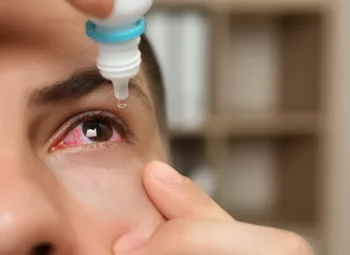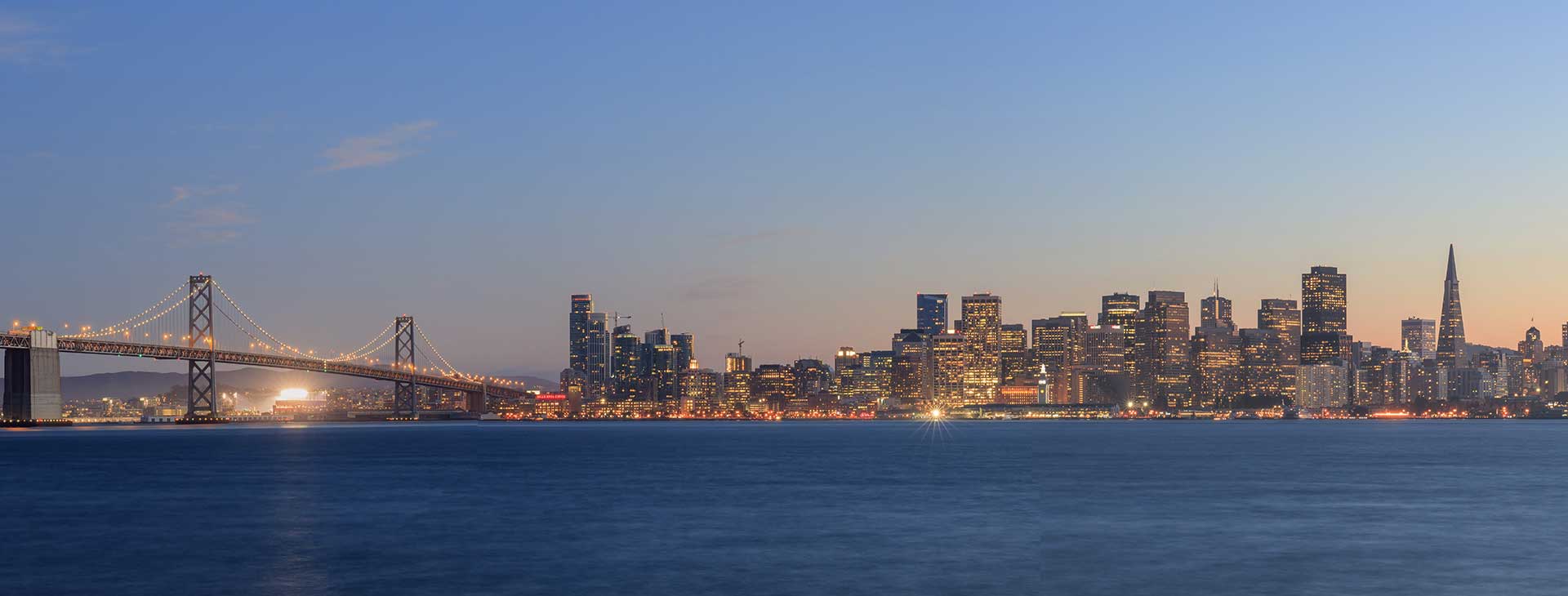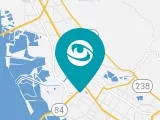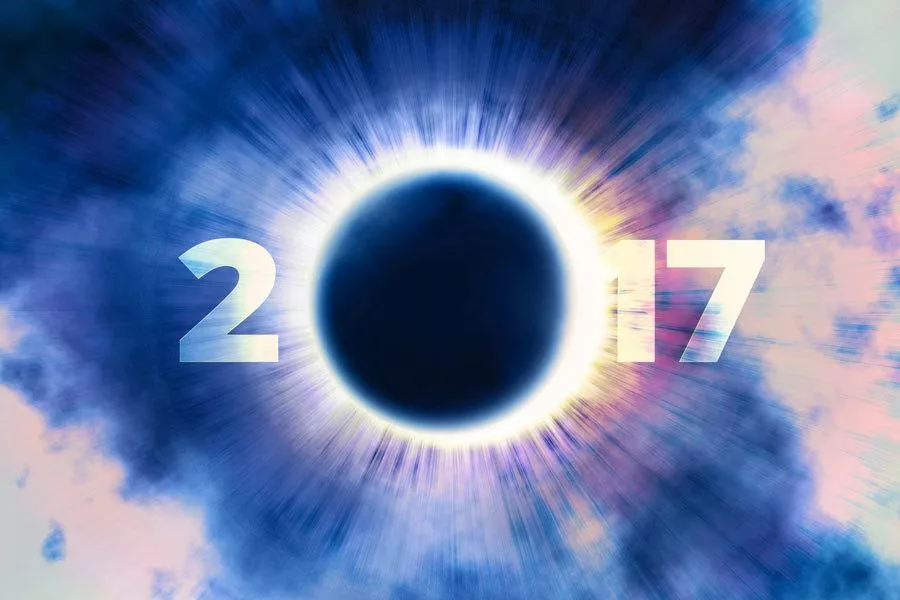
The Great American Total Solar Eclipse will occur on Monday, August 21st. This rare phenomenon is a sight to see- there hasn’t been a perfect solar eclipse to stretch across the entire United States since 1918, and there will not be another until 2045.
For those looking to enjoy one of nature’s most dazzling sights, your eye safety should be a top priority.
What Is an Eclipse?
A solar eclipse occurs when the moon moves between the earth and the sun, blocking the light of the sun from reaching earth. Anyone in North America will be able to see some form of the next solar eclipse. If you are lucky enough to be in the ‘path of totality’ you will see a total solar eclipse, the rest of the US will be able to see a partial solar eclipse.
How Can I Safely View a Solar Eclipse?
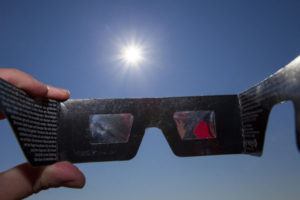
First things first: NEVER, we repeat, never look directly at the sun (during and eclipse or otherwise). Looking directly at the sun can cause permanent damage to your eyes. When you look directly at the sun, its light is so bright that it can damage your retina.
In order to safely look directly at a solar eclipse, you will need special protective eyewear like eclipse glasses or a handheld solar viewer. Sunglasses and goggles will not cut it- you need eyewear with a special solar filter to safely view the sun. You can view a list of reputable vendors from the AAS Solar Eclipse Task Force here.
Alternative options include creating your own pinhole projector.
When is it OK to View the Solar Eclipse With The Naked Eye?
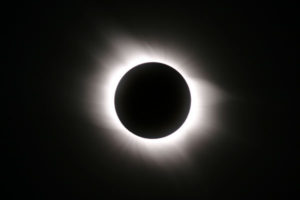
If you are lucky enough to be in the path of totality, you may safely look at a solar eclipse without any protective eyewear for a short period of time. The path of totality is the 14 state stretch of the US where viewers can see the total eclipse. Everyone outside of this path will only see a partial eclipse. The viewers in this path will be able to remove their protective eyewear and view the eclipse during the eclipse’s period of ‘totality’ – the short period of time when the sun is completely obscured by the moon. This period may only last a minute or two, and it is crucial that you are careful to protect your eyes again before it’s over.
The viewers in this path will be able to remove their protective eyewear and view the eclipse during the eclipse’s period of ‘totality’ – the short period of time when the sun is completely obscured by the moon. This period may only last a minute or two, and it is crucial that you are careful to protect your eyes again before it’s over.
If you will be in the path of totality, you should read NASA’s detailed step-by-step guide of the eclipse’s phases. This guide demonstrates when you need to wear protective eyewear and what signals the end of the period of totality.
Be safe and have a happy eclipse viewing!


